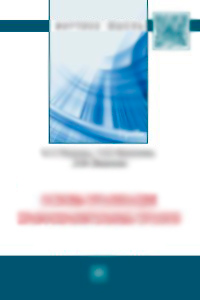The monograph presents the actual problems of intercultural adaptation of a literary text in the aspect of linguistic and cultural studies. The linguistic and cultural features of the author's text are compared. Ostrovsky's "How Steel was Tempered" and his translations into Chinese and English. The issues of evolutionary change in the general theory of translation, new directions in translation studies directly related to the intercultural adaptation of literary text are discussed. A translated literary text is considered as a socio-cultural object of cognition of the cultural and historical originality of the linguistic system of the source language. It is intended for lectures and practical classes on the theory and practice of translation, intercultural communication, linguoculturology, literary studies, lexicology, stylistics, text theory, etc., as well as for compiling translation dictionaries of an intercultural orientation and teaching aids for teachers and translators. It is addressed to philologists, university professors, graduate students and students of philological specialties, as well as anyone interested in the problems of intercultural adaptation of literary text.
The monograph presents the actual problems of intercultural adaptation of a literary text in the aspect of linguistic and cultural studies. The linguistic and cultural features of the author's text are compared. Ostrovsky's "How Steel was Tempered" and his translations into Chinese and English. The issues of evolutionary change in the general theory of translation, new directions in translation studies directly related to the intercultural adaptation of literary text are discussed. A translated literary text is considered as a socio-cultural object of cognition of the cultural and historical originality of the linguistic system of the source language. It is intended for lectures and practical classes on the theory and practice of translation, intercultural communication, linguoculturology, literary studies, lexicology, stylistics, text theory, etc., as well as for compiling translation dictionaries of an intercultural orientation and teaching aids for teachers and translators. It is addressed to philologists, university professors, graduate students and students of philological specialties, as well as anyone interested in the problems of intercultural adaptation of literary text.





